Contemporary review originally published in VW & Porsche and European Automobiles in August 1990
Talladega’s Turn One rises ahead like a 40-footer at the Banzai Pipeline curling off to the left, a ramp of black asphalt with a concrete crest thundering in at 140 mph. It is a deliberate intellectual decision to hold the throttle to the floor, not to back off as the turn grows closer, the banking taller. The consequences are, um, significant. Do something wrong and one could hurt oneself. This is a completely stock Saab 9000S. Not only engine, tires and suspension, but there is no roll cage, and Swedish safety design or not, I don’t want to go atumble.
With the 33-degree banking filling the windshield, blocking out the sky, we hit the transition from the 12-degrees slope of the main straight. A slight twist of the wheel bins the car into the curve, the standard 195/65 TR-15 radials squirming under G-loading that pulls the car slightly upwards. The tire flex is disconcerting, and then merely annoying when it’s apparent that it will do no ill. The turn seems to go on forever but finally opens up onto the back straight, the car drifting to the right as the banking drops off. Ahead is another Saab 9000, a mere speck three-quarters of a mile away and maintaining the interval as it climbs the banking at the far end of the track. The engine is turning a composed 5800 rpm and the wind noise is so minimal that casual conversation is possible. I could do this all day, and so, probably, could the Saab.
Saab-Scania of America chose Alabama International Motor Speedway, as Talladega is officially known, to introduce new 2.3-liter power, a new engine from the crankshaft up, for the Saab 9000S and 9000 CD, because a team of drivers and three Saabs did this all day back in 1985 two set two World and 21 International speed and endurance records. Not only all day, but 21 days straight, day and night, rain, shine and fog, and any combination of the above.
But that was with the 2.0-liter turbocharged engine, and we were lapping the 2.638-mile oval at virtually equal speeds and a 2.3-liter naturally aspirated engine on regular unleaded gas, and in a spacious four-door sedan, no less. That’s a remarkable achievement that speaks volumes not only of the superb aerodynamics of the Saab 9000 but also of the new 2.3-liter engine.
The 2.3, despite outward similarities to the older 2.0, is actually a clean sheet design. Development began in 1984 with consideration of other configurations, including Vee and inline 6-cylinder blocks, according to Saab chief of advanced engine development Per Gilibrand. Saab was looking for a smoother, more powerful engine appropriate to and designed for its luxurious 9000 series. After all was said and done, a 2290 cc 16-valve DOHC in-line four with balance shafts was to become the largest engine Saab has ever produced.
Like its predecessor, the 2.3 has an iron block with a light alloy crossflow cylinder head, similar to the 2.0 as cylinder spacing has not been changed, but with “re-optimized” combustion chambers and ports for use with the 2.3. The block is more substantially changed, however, to accommodate the larger displacement and the twin counter rotating balance shafts. The chain-driven shafts are licensed from Mitsubishi (it’s a center bearing that carries the patent, actually, but that’s enough) and carried at different heights for best results and canceling vibration. The increase in engine size came from an increased stroke.
The 2.3 is the first example of Saab Direct Ignition with a naturally aspirated engine (it was formerly restricted to the 2.0 turbo). The system has four individual coils encased in an alloy cartridge that sits atop the cylinder head tween the camshaft covers, connecting directly to the spark plugs. Thus, there’s no distributor or high tension leads, the wires from the electronic control unit carrying only 12 volts while the coil delivers 40,000 V to the spark plugs. Saab’s Automatic Performance Control (APC) system monitors engine speed, piston position, engine load (from manifold pressure) and a knock sensor to calculate the optimum moment to fire the spark plug, actually varying ignition timing from cylinder to cylinder within the same revolution of the engine. To clean and dry the spark plugs for starting, each plug is fired about 50 times when the ignition key is first turned. If the engine doesn’t start, the system is programmed to fire the plugs about 1000 times before a second attempt is made.
The 2.3-liter four is rated at 150 hp at 5500 rpm, with peak torque of 156 lb-ft at 3800 rpm. That’s 20 horses more than the naturally aspirated 2.0-liter engine and 22 percent more torque (128 ft-lb at 3750 rpm), though still short of the turbo 2.0 (165 hp at 5500 rpm, 195 lb-ft at 3000).
The 2.3 won’t fit in the 900 – there’s a problem with the lower crossmember – and that series will continue with turbo and naturally aspirated 2.0-liter engines. The 2.3 will become the standard engine for the 9000S and 9000 CD which had, respectively, the naturally aspirated and turbo engines as standard equipment. The 2.0 turbo will continue to be available in the 9000 series, which will have a choice of the five-speed manual or optional four-speed overdrive automatic with either engine.
Automatic transmission-equipped cars will benefit the most from the new engine, the previous choice having been between the overworked naturally aspirated engine or the poor match between the automatic and the turbo engine, unhappy here as anywhere. The added torque of the 2.3 gives an automatic-equipped 9000 zip in the midrange even if off-the-line performance still suffers. (First gear of the automatic is 2.58:1 compared to 3.38:1 in the five-speed, and has to pull a taller final drive as well.)
The 2.0 turbo is still the fastest way around the block and, if you’re willing to wait, a 2.3 turbo is to come, delayed only for marketing reasons, i.e., they didn’t want the turbocharger to draw attention from the other aspects of the new engine.
Of course, most Saab owners think of 135 as a respectable IQ, not a top speed, and the 33-degree banking means going to the drive up window in the winter. On the other hand, some know better and the rest, well, they don’t have to.
In case you’re wondering, the turbocharged 2.3 was available on the Saab 9000 in 1991. It’s a shame Saab didn’t go back to Talladega then.





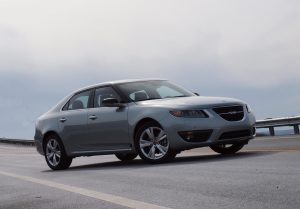
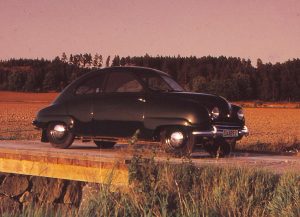
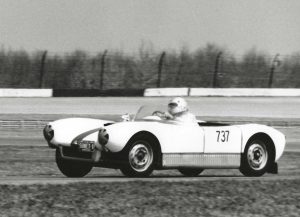
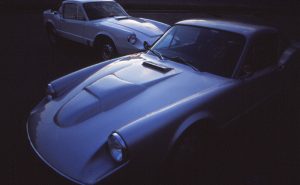
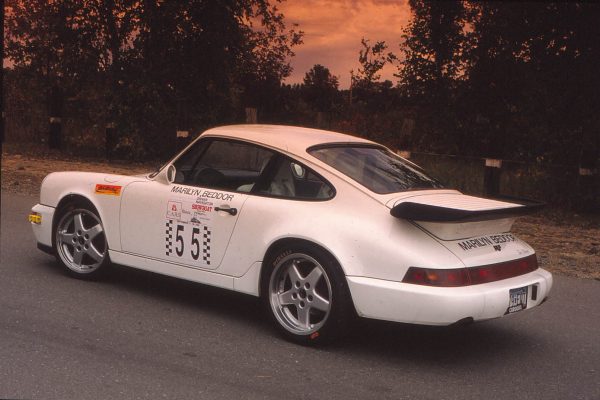
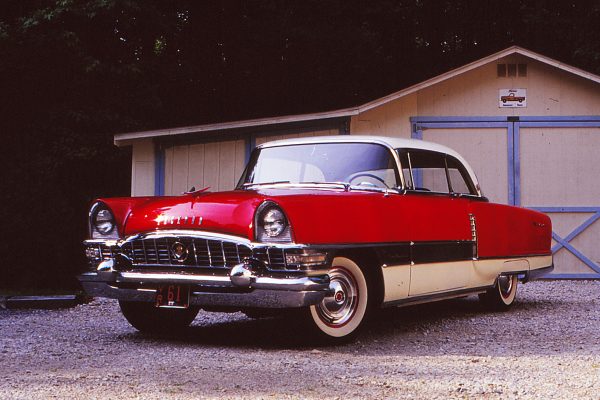
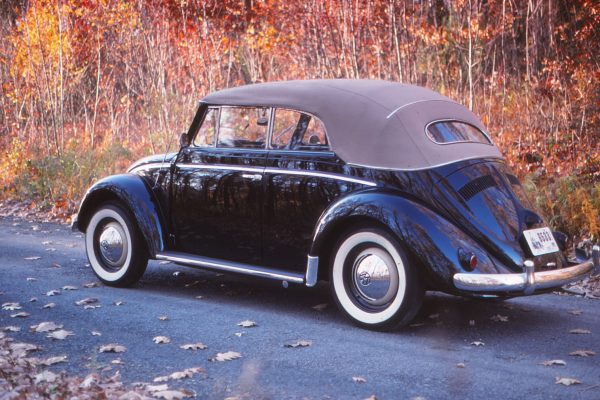
What Do You Think?
You must be logged in to post a comment.